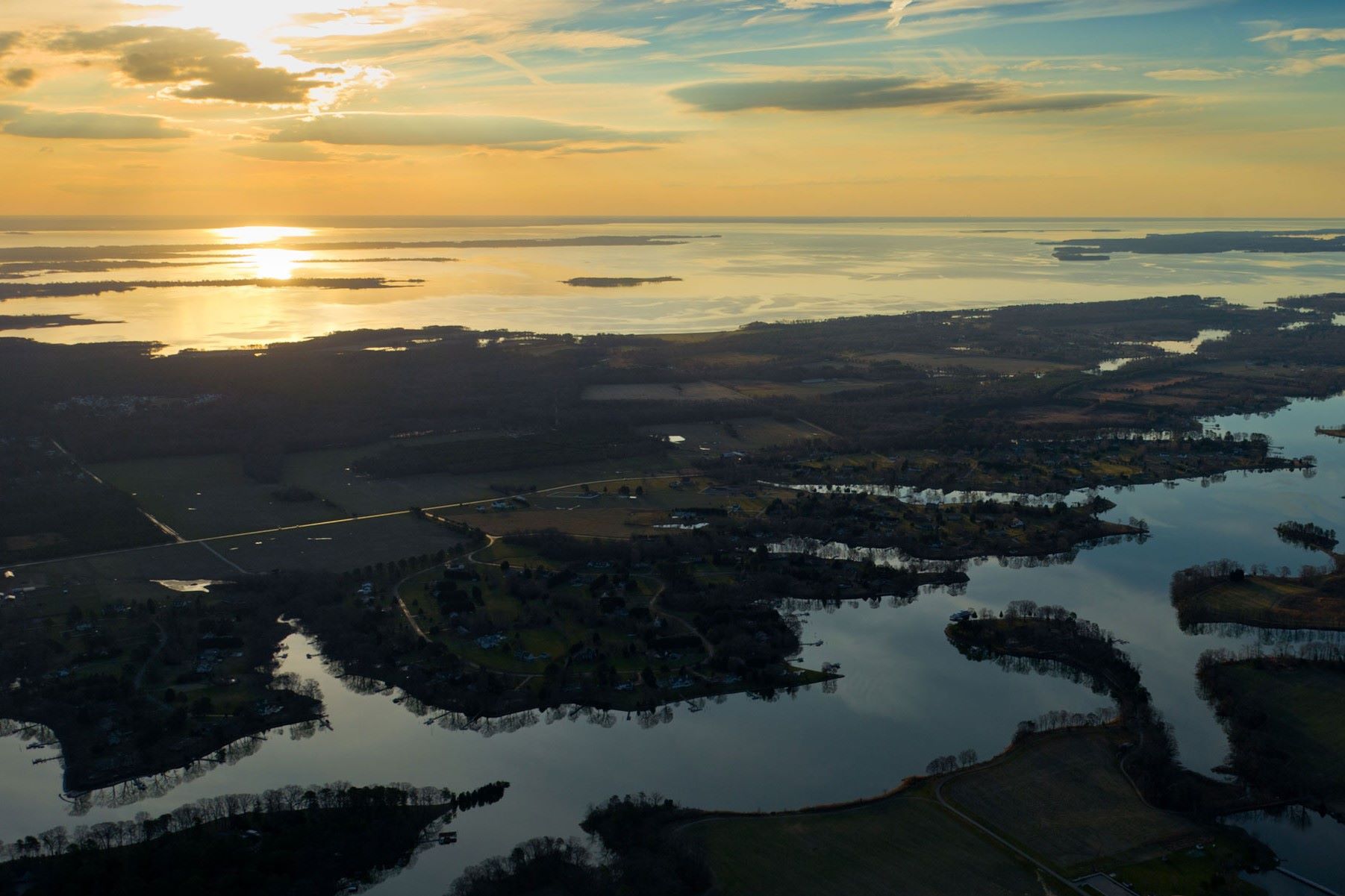Mysteries Of Chesapeake Bay Estuaries

Have you ever wondered what makes Chesapeake Bay estuaries so special? These unique environments, where freshwater meets the salty ocean, create a rich habitat for a variety of wildlife. From blue crabs to ospreys, the estuaries teem with life. They also play a crucial role in filtering pollutants and protecting shorelines from erosion. Whether you're a nature lover or just curious about the natural world, understanding these estuaries offers a glimpse into one of nature's most fascinating ecosystems. Let's dive into the wonders of Chesapeake Bay estuaries and see what makes them so vital.
Mysteries of Chesapeake Bay Estuaries
Chesapeake Bay, the largest estuary in the United States, holds many secrets. Its estuaries, where freshwater meets the ocean, are teeming with life and history. Let's explore some of the most intriguing spots within this vast waterway.
Hidden Gems of Chesapeake Bay
The bay is dotted with numerous estuaries, each with its own unique charm. Here are some must-visit places that reveal the bay's hidden beauty.
Tangier Island
- Known for its unique dialect, Tangier Island offers a glimpse into a way of life that has remained unchanged for centuries. The island's marshes and creeks are perfect for kayaking and birdwatching.
Smith Island
- Famous for its multi-layered cake, Smith Island is a haven for nature lovers. Its marshlands are home to a variety of wildlife, including blue crabs and herons.
Blackwater National Wildlife Refuge
- This refuge is a paradise for bird enthusiasts. It provides a habitat for bald eagles, ospreys, and migratory waterfowl. The scenic trails and waterways are ideal for hiking and canoeing.
Historical Significance of Chesapeake Bay Estuaries
Beyond natural beauty, these estuaries hold historical importance. They have witnessed centuries of human activity, from Native American settlements to colonial trade routes.
St. Mary's City
- As Maryland's first colonial settlement, St. Mary's City offers a rich historical experience. The reconstructed colonial village and archaeological sites provide insights into early American life.
Yorktown
- Known for the decisive battle of the American Revolution, Yorktown's estuaries played a crucial role in the conflict. The area is now a serene spot for boating and fishing.
Unique Ecosystems of Chesapeake Bay Estuaries
The estuaries of Chesapeake Bay support diverse ecosystems. These environments are crucial for the survival of many species and offer unique opportunities for ecological study.
Choptank River
- This river is a vital habitat for fish and shellfish. Its waters are also a popular spot for recreational fishing and boating.
Patuxent River
- The Patuxent River's estuary is known for its lush wetlands and abundant wildlife. It's a great place for kayaking and exploring the natural beauty of the bay.
Severn River
- Flowing into the bay near Annapolis, the Severn River is surrounded by forests and wetlands. It's a favorite spot for sailing and enjoying the scenic views.
Recreational Activities in Chesapeake Bay Estuaries
These estuaries offer a wide range of recreational activities. From water sports to wildlife observation, there's something for everyone.
Wye River
- The Wye River is perfect for kayaking and canoeing. Its calm waters and scenic surroundings make it a peaceful retreat.
Nanticoke River
- Known for its pristine waters, the Nanticoke River is ideal for fishing and boating. The river's estuary is also a great place for birdwatching.
Rappahannock River
- This river offers excellent opportunities for sailing and fishing. Its estuary is home to a variety of fish species, making it a popular spot for anglers.
Conservation Efforts in Chesapeake Bay Estuaries
Protecting these estuaries is crucial for maintaining the bay's health. Various conservation efforts are underway to preserve these vital ecosystems.
Chesapeake Bay Foundation
- This organization works tirelessly to protect and restore the bay's estuaries. Their efforts include habitat restoration, pollution reduction, and public education.
Virginia Institute of Marine Science
- VIMS conducts research and provides education on the bay's estuaries. Their work helps to understand and mitigate the impacts of human activity on these ecosystems.
Maryland Department of Natural Resources
- This department manages the state's natural resources, including the Chesapeake Bay estuaries. Their conservation programs aim to preserve the bay's biodiversity and water quality.
Chesapeake Bay Estuaries: A Natural Wonder
Chesapeake Bay estuaries are truly fascinating. They offer a unique blend of freshwater and saltwater environments, creating a rich habitat for diverse wildlife. From the blue crabs to the oysters, these estuaries support a thriving ecosystem. They also play a crucial role in filtering pollutants, protecting shorelines, and supporting local economies through fishing and tourism.
Exploring these estuaries can be a rewarding experience. Whether you're kayaking through the marshes or bird-watching along the shores, there's always something new to discover. The beauty and importance of these natural wonders cannot be overstated.
Next time you visit the Chesapeake Bay, take a moment to appreciate its estuaries. They are not just bodies of water but vital parts of our environment that deserve our respect and protection.

